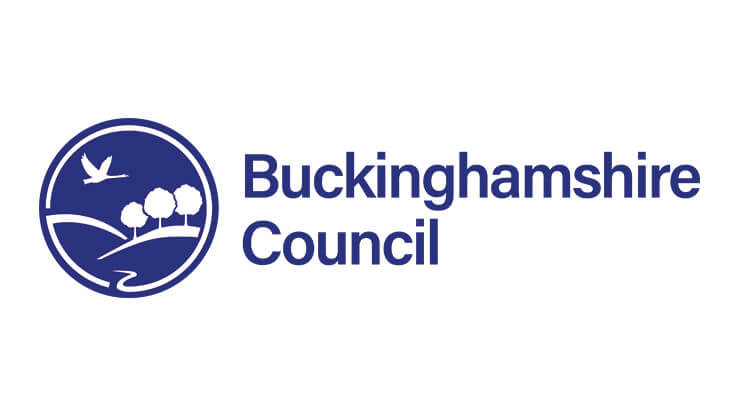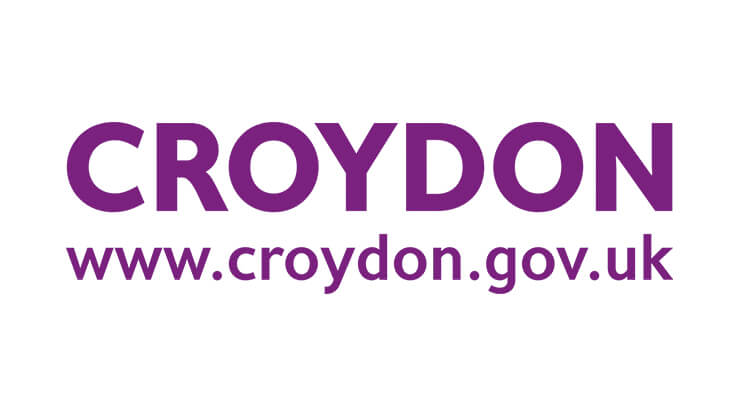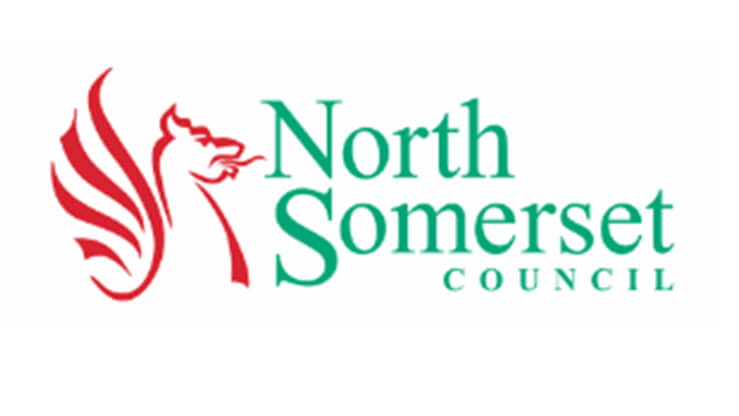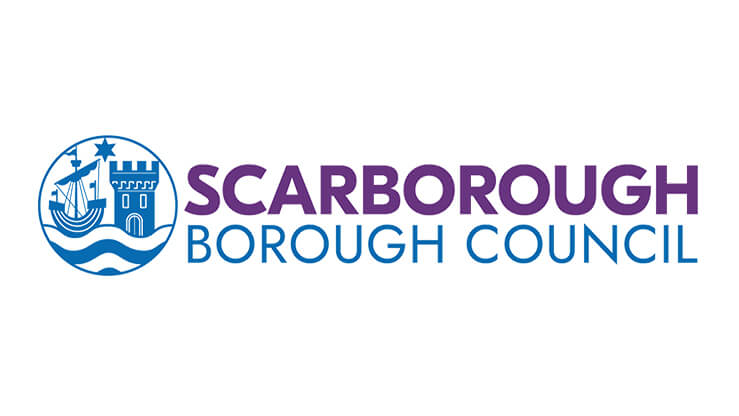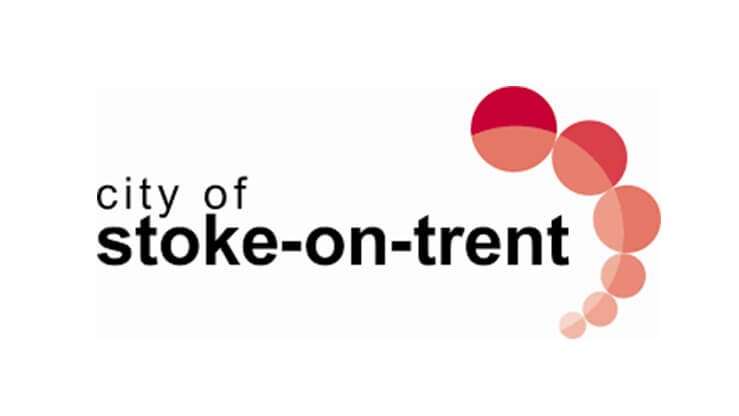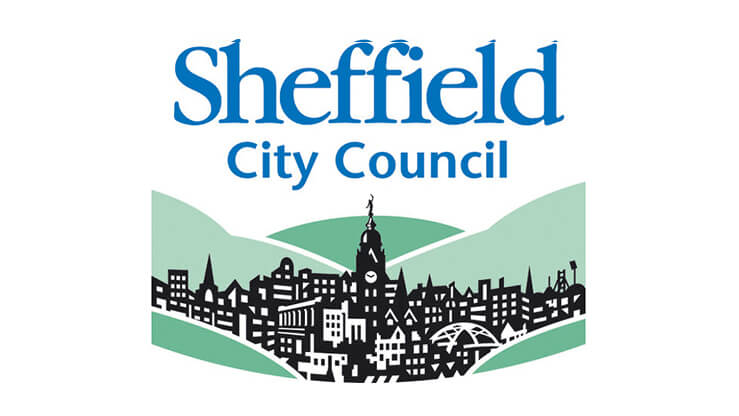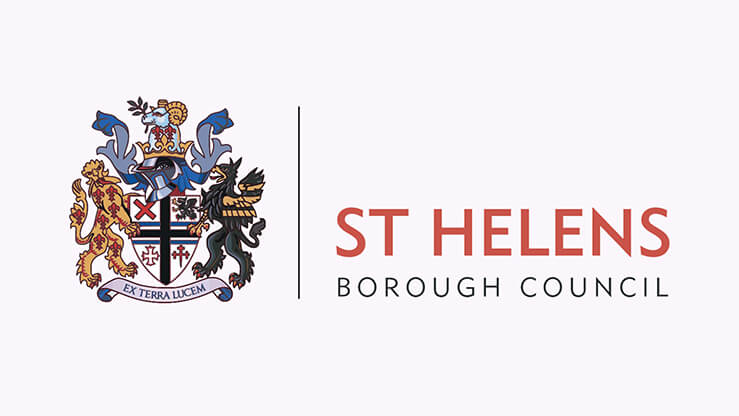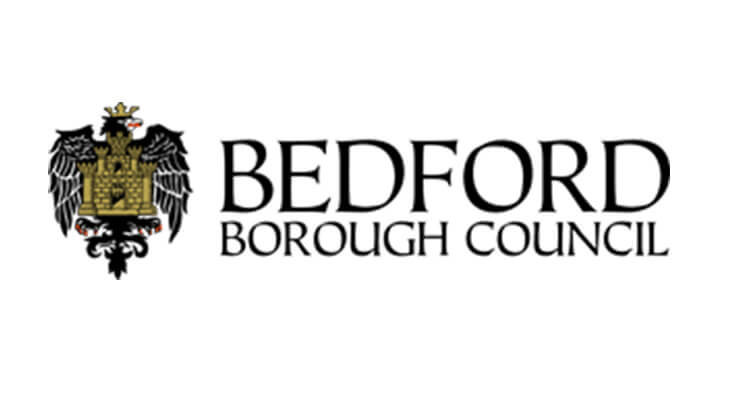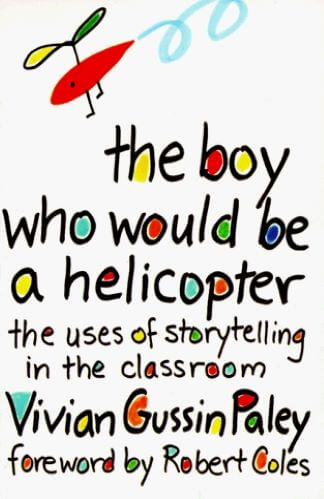
The Boy Who Would Be A Helicopter: The Uses of Storytelling in the Classroom
by Vivian Gussin Paley
Review by Jane Katch
Jane Katch, author and educator, was a student teacher to Vivian Gussin Paley when White Teacher was accepted for publication. She currently works with teachers on talking with young children about race.
Book No: 6 – 1st published: 1991
Those of us who presume to ‘teach’ must not imagine that we know how each student begins to learn.
For teachers who strive to respect and to listen to each child, who hold the curiosity, imagination and creativity of children to be an essential part of their curriculum, who want to make the classroom a safe place for everyone, The Boy Who Would Be a Helicopter is essential reading.
Jason, the boy who pretended or perhaps thought he was a helicopter, disrupted Paley’s classroom of three and four year olds, and made her favorite activity, Storytelling and Story Acting, almost impossible. Zooming around the ‘stage’ in the center of the room, his ‘helicopter blades’ turning, he interrupts the stories of other children with his cries.
He refuses to engage in any conversation on a subject a child or teacher brings up. Many other teachers would have expressed frustration with such behavior and taken such a disruptive child out of the activity. Instead Paley was curious about Jason’s uses of his helicopter story and determined to bring him into the warmth of her classroom. When Jason flies into the center of the stage, interrupting another child’s story, rather than scolding or excluding Jason, she asks the child author of the interrupted story, ‘Is there a helicopter in this story?’ With this consistent care and respect, Jason slowly overcomes his fear and makes connections to the teachers and the children.
Three themes in this elegant book spoke to me, as I strived to make my own classroom as full of love and understanding as the classroom in this book. First is the ongoing story of Paley’s commitment to including every child in the warmth of her care and to understanding each child’s hopes and fears.
We hold the classroom family together as we demonstrate our curiosity about every dream and story, as we worry along with all who complain and all who cry over every new kind of anguish.
Paley shows how openly she examines each day’s conversations, looking to see if she missed any opportunities to hold her classroom family together, making plans to do so more fully the next day.
The second theme is her firm belief in the process of storytelling and story acting as a way of understanding children’s lives, helping everyone see connections between children, including everyone in the literary life of the classroom.
We converse as if we have just been to the theater together. We now draw from a store of immediate references and allusions: all this because Jason is listening to other children—and so am I.
And a third theme throughout the book is the power of play. Paley shows over and over again how children use play to connect with each other, to solve problems, to master fear.
We show that Arlene’s frightened baby, and Jason’s broken blades, and Alex’s anxieties about seating, and the integrity of Simon’s squirrel hole, and Samantha’s need to be Jason’s mother, are as important as anything else school has to offer.
Throughout all of these themes, Paley’s curiosity about understanding children, her determination to watch more carefully, to learn more, shines through: ‘As always, I end the school year with more questions than answers. Jason, alone in his helicopter house, has become for me the symbol of Every Child’s sense of being alone and misunderstood in the classroom. We all know that we are unique; no one else is exactly like you or me. The key that unlocks each one of us is somewhere out there. Who will find it?‘
In The Boy Who Would be a Helicopter, Paley shows how empathy and compassion, along with storytelling and dramatics, can be that key.
